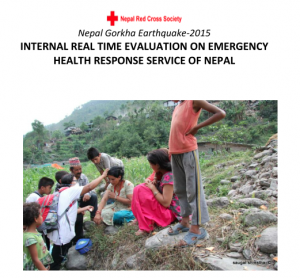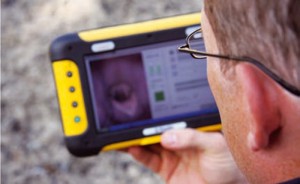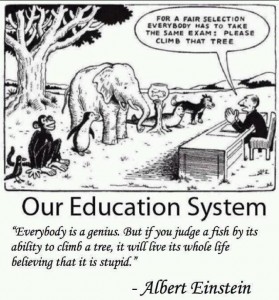Recently I bought two new cars, and have been on a vacation where I stayed in numerous hotels, flew various airlines, and took a cruise. In almost every instance I was asked to do an evaluation of the product and/or service. As an evaluator, it is too easy to assume that requests for evaluation are genuine, and companies want feedback to improve their product/service. I’ve come to understand these requests are primarily symbolic.
 First, the cars. Buying an expensive car, I was told that the company would send an evaluation form, but was also asked to give all 5’s on the five-point likert-scale since the company considered anything less than that a failure. My salesperson, who was very good, told me he would be investigated if he received anything less than a perfect score. I thought he did a really good job; I was happy. But everything wasn’t perfect and in a true evaluation I would have likely made some suggestions for how the experience could have been improved for me. I didn’t though–I gave the experience a perfect score.
First, the cars. Buying an expensive car, I was told that the company would send an evaluation form, but was also asked to give all 5’s on the five-point likert-scale since the company considered anything less than that a failure. My salesperson, who was very good, told me he would be investigated if he received anything less than a perfect score. I thought he did a really good job; I was happy. But everything wasn’t perfect and in a true evaluation I would have likely made some suggestions for how the experience could have been improved for me. I didn’t though–I gave the experience a perfect score.
UPDATE on this product:
Recently this car required servicing and I experienced pretty poor customer service. Answering the customer service satisfaction survey honestly unleashed a stream of email and telephone responses from the dealer.
Since December 11, 2010 you have been the owner of a 2011 BMW 550i purchased through XXX BMW and it seems that we have certainly missed the mark with your most recent service experience. We received a score from you of 78.6%. Our goal is 100% and we as a business are very interested in what we can do to get there.
If you don’t mind giving me a quick call it would be very appreciated so that I can express our expectations of our staff. Us not keeping you well informed is not the XXX BMW way and unacceptable by our standards. If you could possibly email me or call me in the future before filling out these surveys if anything was not 100% it would be appreciated as well. Our goal is to exceed your expectations with every interaction.
Looking forward to hearing from you so that we can turn your ownership experience around.
I received this email and a phone message, even though I indicated on the survey I did not wish to be contacted… I considered my responses clear and straightforward. But as the email above indicates, clear and straightforward feedback was less the issue than getting me right with how these surveys ‘ought’ to be done. So, even though I had nothing else to say, I emailed the customer service agent back, and received yet another email back. The evaluative process began to feel like harassment.
Buying a modest priced car, I also received an evaluation form. This one I completed honestly, and there were a number of issues (none fatal flaws) that would have improved the experience for me. No one at this car company told me I should give perfect scores, but the results of my honest evaluation might suggest they should have. A few days after completing the evaluation of this car buying experience I received a phone call from the person who handles the financial part of buying the car. I was driving in my new car at the time, and loved that I could answer the call directly from my car–that’s cool! The person calling me began chastising me for the responses I gave on the evaluation, demanding to know more about why I wasn’t perfectly satisfied with the experience. The fact of the matter is that this person was pushy about purchasing extras like replacement insurance and extra warranties–I thought it a hard sell and wondered if there were commissions involved. This is the feedback I provided. I reiterated to the finance person how I felt about the experience, she continued to harangue me, eventually reaching a point of yelling at me. At this point, I terminated the call, which I could conveniently do by pressing a button on the dashboard screen in my car! Formative feedback was not what this person or car company wanted.
My experience after a month of travel that involved planes, buses, ships, and hotels was pretty similar to the car experiences. An invitation to evaluate services/products wasn’t entirely genuine, but it was important for these companies to look as if they cared about customer satisfaction. I admit I likely take evaluation more seriously than your average person, but still I am impressed by the integration of largely symbolic evaluation in these corporate cultures. To evaluate has become standard operating procedures, but the practice has not matured to using the findings of those evaluations in truly formative and summative ways.
 In September I was honoured to give the initial keynote address at the 2017 Australasian Evaluation Society meeting in Canberra. I am thankful for the opportunity and for the warm response my keynote received.
In September I was honoured to give the initial keynote address at the 2017 Australasian Evaluation Society meeting in Canberra. I am thankful for the opportunity and for the warm response my keynote received. Follow
Follow







